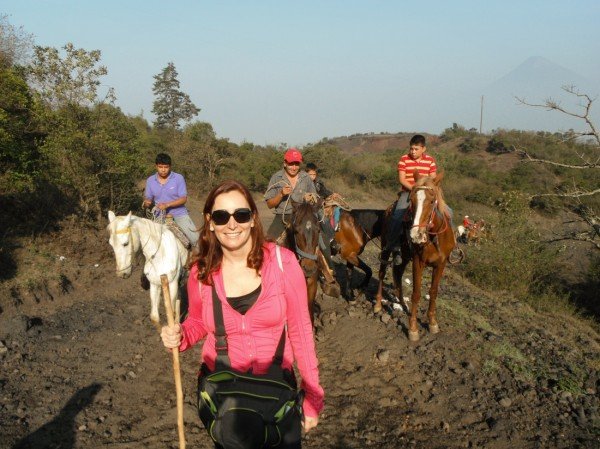I wanted to visit Antigua because of Pacaya volcano. It was in my imaginary this Guatemalan small town surrounded by active volcanoes. I had in my mind the image of colorful houses and the triangular mountain in the background. Unfortunately, it was not easy to see this image because there was a lot of fog. Antigua reminded me the images of Licancabur volcano, one can see it from almost everywhere in San Pedro Atacama.
Even though without Pacaya in the background, I loved Antigua. A small town, organized, grounded with cafes, cultural activities and good restaurants. I spent my days walking around, stopping in one café or another, reading, photographing. I enjoy reading in cafes.
On my last day I decided to do a trekking tour to climb Pacaya. We left the hotel around 5 am. When we where picking up everybody, far away I saw the volcano, timidly appearing on the fog. I asked the driver to stop the van so we could enjoy the landscape and take a photo...
Leia Mais... / Read More...









Social Profiles